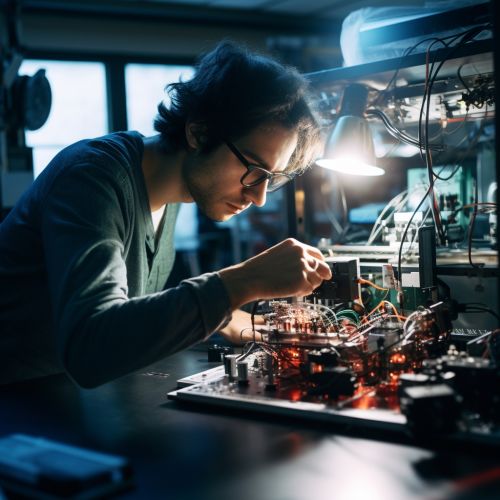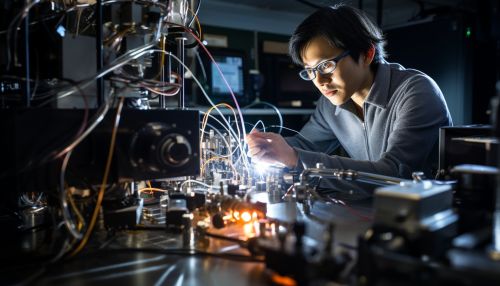The Physics of Quantum Photonics
Introduction
Quantum photonics is a branch of quantum physics that explores the fundamental interaction between photons and matter at the quantum level. It combines principles of quantum mechanics and photonics, leading to the development of novel technologies such as quantum computing, quantum cryptography, and quantum teleportation.
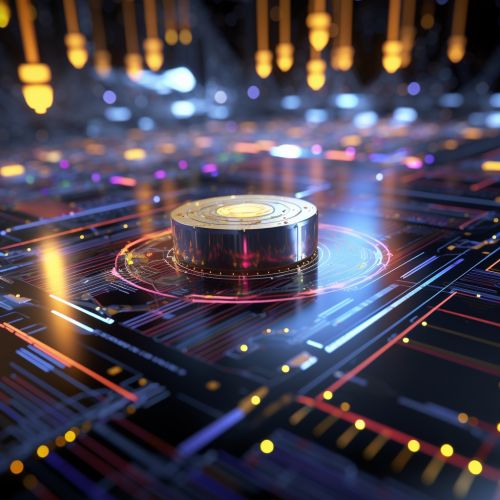
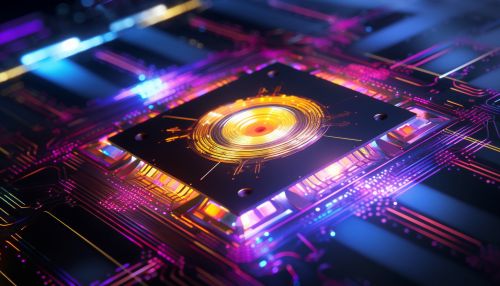
Quantum Physics and Photonics
Quantum physics, also known as quantum mechanics, is a branch of physics that deals with phenomena on a very small scale, such as molecules, atoms, and subatomic particles like photons and electrons. It is characterized by the principles of superposition and entanglement, wave-particle duality, and the uncertainty principle.
Photonics is the science and technology of generating, controlling, and detecting photons, which are particles of light. It has applications in many areas, including communications, imaging, health care, and energy production.
Quantum photonics, therefore, is the intersection of these two fields. It involves the manipulation of individual photons and their quantum states for various applications.
Quantum States and Superposition
In quantum physics, the state of a quantum system is described by a quantum state, which is a mathematical entity known as a wave function. The wave function provides the probabilities of the outcomes of all possible measurements on the system.
One of the fundamental principles of quantum mechanics is superposition. According to this principle, a quantum system can exist in multiple states simultaneously. For a photon, this could mean existing in multiple locations or having multiple polarization states at the same time. The system remains in superposition until it is measured, at which point it collapses into one of the possible states.
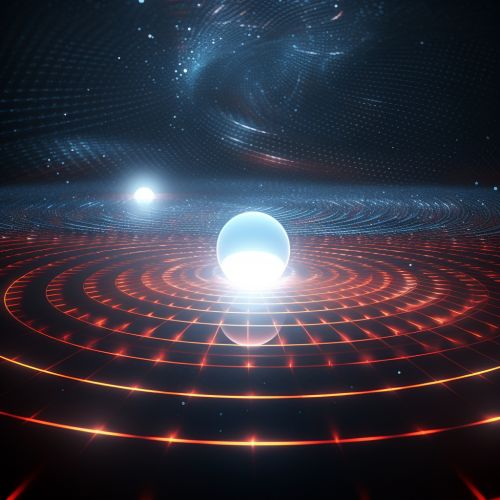
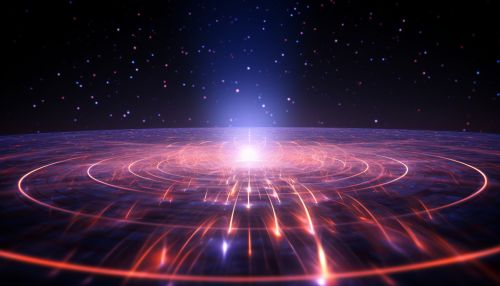
Quantum Entanglement
Quantum entanglement is another key principle of quantum mechanics. It refers to a phenomenon where two or more particles become linked and the state of one particle is instantly connected to the state of the other, no matter the distance between them. This "spooky action at a distance," as Albert Einstein famously called it, is one of the most intriguing aspects of quantum mechanics and forms the basis for many applications of quantum photonics.
Quantum Photonics Applications
Quantum Computing
Quantum computing is a field that uses the principles of quantum mechanics to perform computations. Quantum computers use quantum bits, or qubits, which can exist in a superposition of states, unlike classical bits that can be either 0 or 1. This allows quantum computers to process a vast number of computations simultaneously, potentially solving certain problems much more quickly than classical computers.
In quantum photonics, photons are used as qubits. Photonic quantum computers have the advantage of being able to operate at room temperature, unlike many other types of quantum computers. They also allow for easy integration with existing optical communication networks.
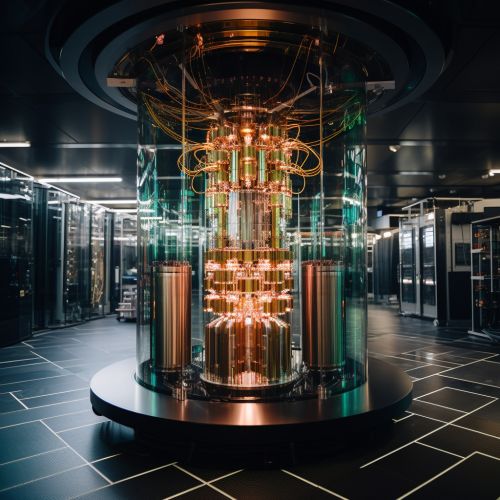
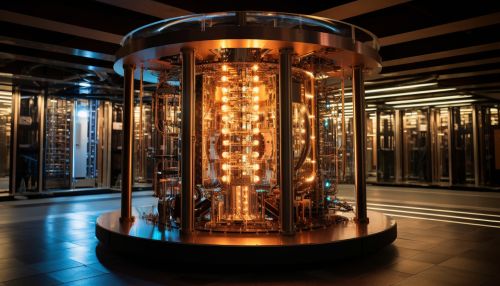
Quantum Cryptography
Quantum cryptography, specifically quantum key distribution (QKD), uses the principles of quantum mechanics to secure communication. It allows two parties to generate a secret key that can be used for encryption and decryption of messages. The security of QKD comes from the fact that any attempt to eavesdrop on the key exchange will disturb the quantum states of the photons, alerting the communicating parties to the presence of an eavesdropper.
Quantum Teleportation
Quantum teleportation is a process by which the state of a quantum system can be transmitted from one location to another, without the physical transportation of the system itself. It involves entangling the state of the system with the state of a photon, which can then be sent to the receiver. The receiver can then use the information about the state of the photon to reconstruct the state of the original system. This has potential applications in quantum computing and quantum communication.


Challenges and Future Directions
Despite the promising applications of quantum photonics, there are still many challenges to be overcome. These include the difficulty of generating and detecting single photons, maintaining quantum coherence, and dealing with loss and noise in quantum systems.
However, ongoing research in areas such as integrated quantum photonics, which aims to develop scalable, chip-based quantum photonic devices, and quantum error correction, which seeks to protect quantum information from errors due to decoherence and other quantum noise, is paving the way for the future of quantum photonics.
